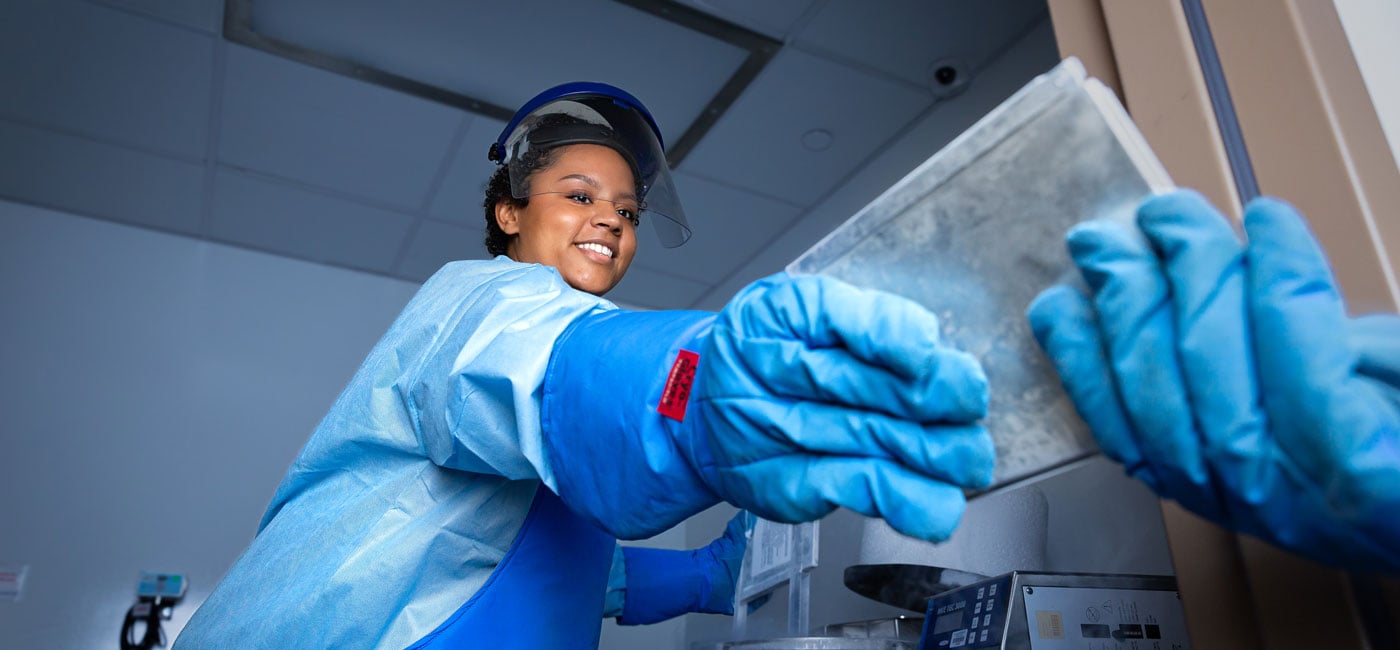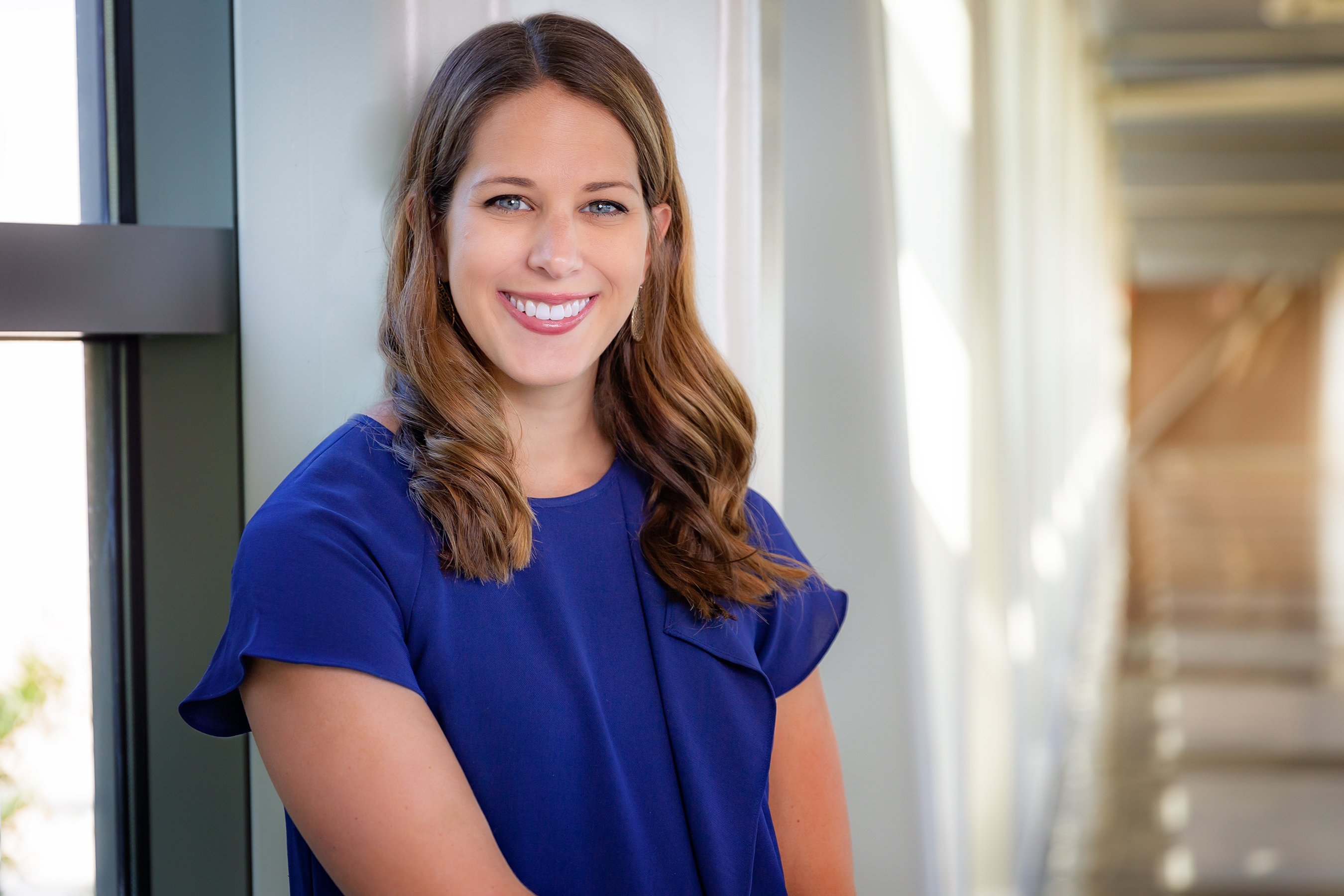Expanding the Reach of TIL Therapy
While tumor-infiltrating lymphocyte (TIL) therapy was FDA approved first for cutaneous melanoma, Moffitt Cancer Center researchers are investigating the treatment for several other solid tumor types. So far, novel trials led by Moffitt physicians have found promising results in non-small cell lung cancer and most recently sarcoma.
“The problem with TIL therapy in many solid tumors is that you must expand TIL from the tumor itself after surgical removal. Cutaneous melanoma is the gold standard for TIL therapy since 95% of patients grow TIL,” said John Mullinax, MD, a surgeon in Moffitt’s Sarcoma Department. “But as you start investigating other tumor types such as lung cancer, cervical cancer, bladder cancer and sarcoma, the rate of success in terms of expanding TIL from individual tumors is much less.”
Traditionally, sarcoma has a low sensitivity to immunotherapy treatments like TIL therapy. Sarcoma patients also have the disadvantage that almost all have been heavily treated prior to undergoing experimental therapy such as TIL on clinical trials, so it is unclear if prior therapy hinders the treatment’s success.
To determine if TIL is a safe and feasible option for sarcoma patients, Mullinax opened a first-of-its-kind phase 1 TIL trial for adolescent and young adult sarcoma patients ages 18 to 39. It’s a patient population that is historically underrepresented in clinical trials.
The trial was a last-chance opportunity for Oscar Hernandez.
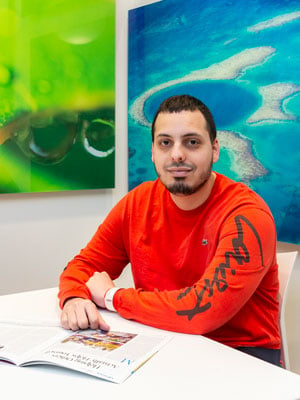
Oscar Hernandez was one of seven adolescent and young adult sarcoma patients on a first-of-its-kind phase 1 TIL trial.
The Puerto Rico native was celebrating graduation with a vacation to Florida when Hurricane Maria devastated the island in 2017. He decided to stay with family in Orlando and got a job working at a hotel.
In 2018, the then 24-year-old started having ankle pain. He noticed a lump but thought it was from being on his feet all day at work. When the swelling didn’t go down, he went to the doctor. He was shocked when an
MRI showed it was a cancerous mass. Hernandez returned to Puerto Rico for a biopsy that confirmed myxoid liposarcoma, a cancer that grows in the cells that store fat in the body. It has a high recurrence rate and, unlike other sarcomas, can recur almost anywhere in the body. His doctors recommended treatment at a specialized cancer center. He began treatment at Moffitt, undergoing intense inpatient chemotherapy, surgery and radiation.
“It was very difficult workwise because I had just graduated and was in between jobs finding out what I wanted to do with my business degree,” Hernandez said. “But I wasn’t scared because I felt confident in what the doctors were saying. I knew the alternative to doing this treatment was losing my leg.”
Although Hernandez was confident, his family was extremely worried. His aunt accompanied him to appointments and his mom attended via video chat from Puerto Rico.
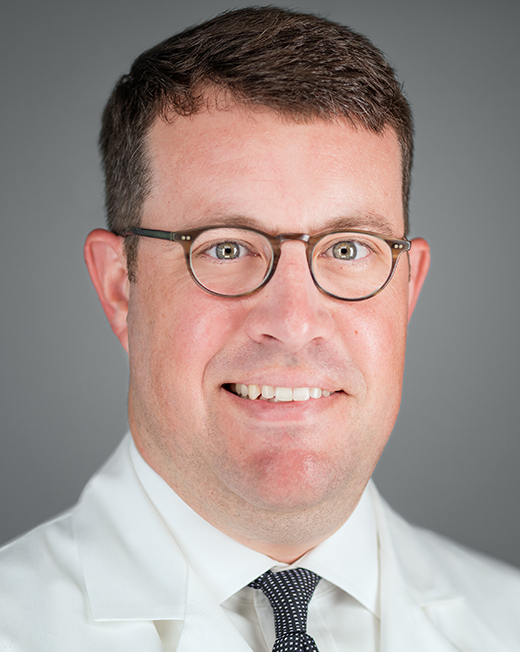
“When you are treating a 50-year-old or a 60-year-old patient, you are often treating them individually. But when you are treating a 25-year-old or 30-year-old, you are more often treating the entire family since they aren’t yet as independent,” Mullinax said.
A year after his initial treatment, Hernandez’s cancer returned in his chest. He did more chemotherapy, and surgeons had to cut open his chest to remove the tumor. He was in remission for a year, but the cancer came back again, this time around his colon and above his pectoral muscle.
“It’s really frustrating,” Hernandez said. “I knew my type of cancer tends to move around the body and recur, so I just had the mindset where I accepted that if it happens, I know what the game plan will be.”
After the second recurrence, his care team decided it was time to change the game plan. Surgery wasn’t working, and chemotherapy was no longer the best option. Mullinax told him about the TIL clinical trial.
“At first I wasn’t too sure what it would entail because it’s experimental. There were no guarantees,” Hernandez said. “He told me I would be one of the first few people with this type of cancer doing TIL, but I figured the last treatment didn’t work and this was proven to work in other cancer types.”
Hernandez was one of seven patients with metastatic disease treated on the trial. Mullinax started by removing the tumor on his pectoral muscle to extract the T cells that would be used to create the TIL therapy. Hernandez underwent his TIL infusion in the summer of 2022. While the treatment was not easy, it stopped the progression of the tumor in his colon. After a year of no disease progression, the colon tumor was surgically removed as well, and Hernandez was declared cancer free.
“If I hadn’t done the trial — I try not to think about that scenario — but realistically I probably wouldn’t be here right now,” Hernandez said. “It’s worked so far, and I am happy about that, but if it didn’t work at least I know they can learn more from me. It’s good to know being on a trial is a way to help others.”
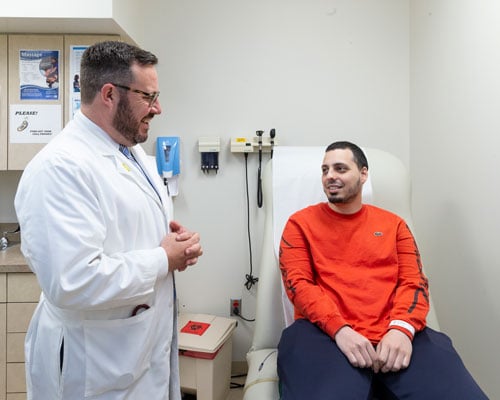
John Mullinax, MD, led the TIL trial that Hernandez was on. The trial accomplished its goal of proving that TIL is safe and feasible for sarcoma patients.
Hernandez is still being scanned for cancer every few months and is back to work. He can’t run or put too much pressure on his leg but says he feels the best physically and mentally he has in five years.
Mullinax presented the trial’s results at the annual Connective Tissue Oncology Society meeting in Ireland in November 2023. The results showed 71% of the patients enrolled were successfully treated and TIL therapy stalled disease progression in all treated patients to varying degrees, with Hernandez achieving the longest response at more than a year. The trial accomplished its goal to prove that TIL is safe and feasible for sarcoma patients.
“The next iteration or next step is: How do we make TIL therapy more effective for sarcoma patients? Now that we know it’s safe and feasible and we have proven the skeptics wrong who said this approach wouldn’t work, now how do we make a better TIL product?” Mullinax said.
Mullinax is studying how to optimize the TIL product for effectiveness and is hoping to secure funding to open a phase 2 trial based on his lab results.
This story originally appeared in Moffitt's Momentum magazine.


